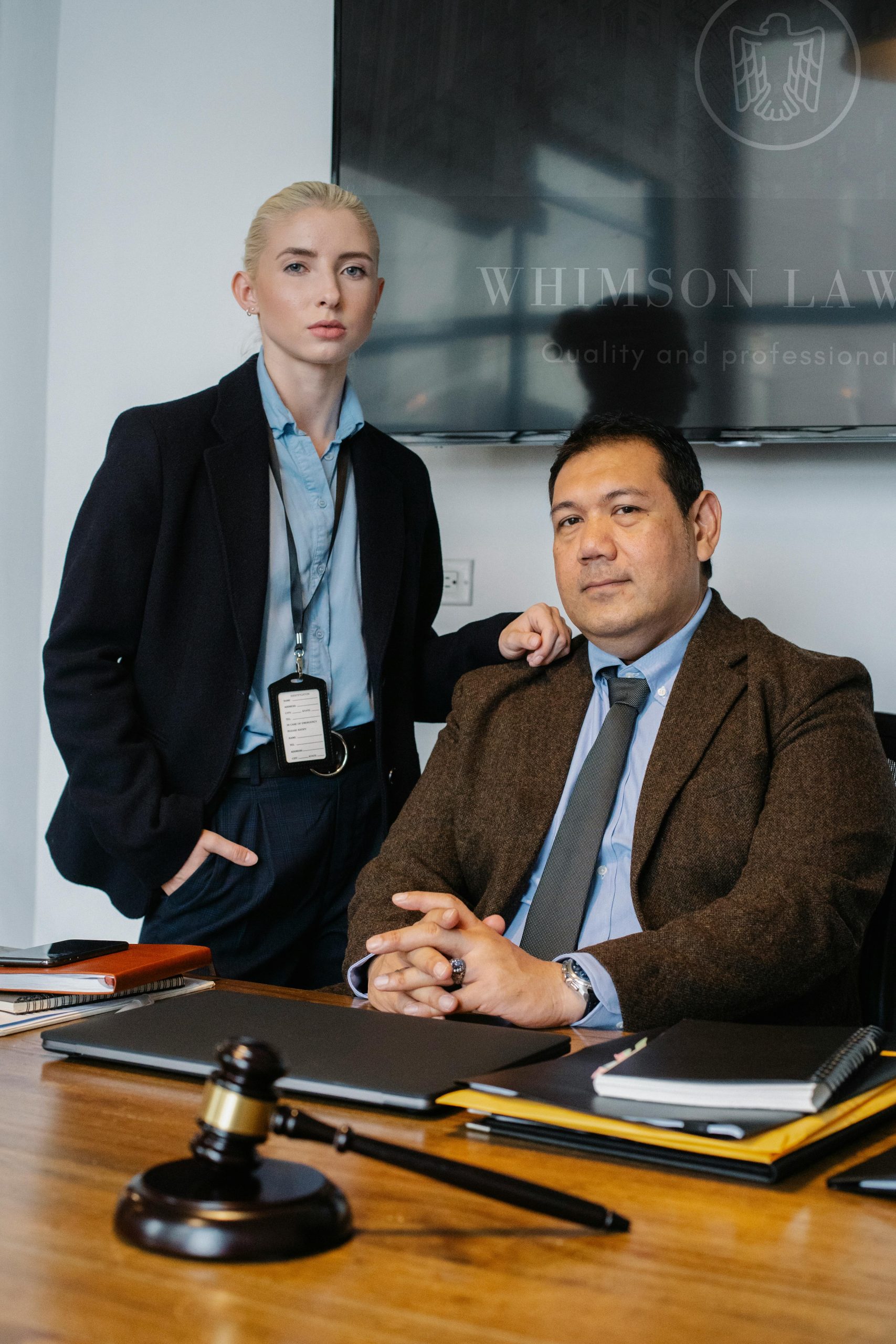Determining Fault in an Accident
Two weeks ago, I was in an accident where another driver attempted to cut me off, but instead side-swiped my car. His SUV sustained minimal damage, just a scuff, while my Outback was left with a significant dent on the front driver’s side between the headlight and wheel. My insurance agent explained that fault is typically assessed based on photos of the vehicles involved. However, the other driver is uncooperative and hasn’t provided any pictures, while I do have a photo of his car from the night of the accident that I’ve submitted.
I firmly believe the accident wasn’t my fault, and I think the photos of both vehicles clearly reflect that. Unfortunately, my insurance company mentioned that determining fault can take months. What happens if the other driver’s insurance never acknowledges fault? I’m curious about the outcome in cases like this, and whether photos can truly be used to establish liability.




It sounds like a frustrating situation, and it’s understandable to be concerned about the outcome. In many cases, photos can play a significant role in determining fault, as they provide visual evidence of the damage and positions of the vehicles involved. Here are some steps to consider moving forward:
Document Everything: Continue to gather and keep all evidence related to the accident, including photos, witness statements, and any correspondence with insurance companies. This will be crucial if the situation escalates.
File a Claim: Make sure you’ve filed a claim with your own insurance company. They can help you navigate the process and may even cover your damages while they work to determine fault.
Cooperate with Your Insurance: Provide your insurer with all the evidence and details you have. They have experience dealing with these situations and can advocate on your behalf.
Consider Experts: In some cases, an accident reconstruction expert can review the evidence and provide a professional opinion on fault, which could be useful if there’s a dispute.
State Laws: Be aware that fault determination can vary by state, especially in no-fault or comparative fault states. Understanding your state’s laws can give you insight into what to expect.
Negotiation: If the other driver’s insurance denies fault or does not respond, your insurance may be able to negotiate directly with them. If necessary, you might need to involve legal counsel, especially if there are significant damages.
Persistence: If the other party’s insurance is unresponsive or denies fault unjustly, it can be frustrating, but persistence is key. Continue to follow up and advocate for your claim.
Ultimately, while photos can help establish fault, it’s essential to work closely with your insurance company and follow the proper procedures to protect your interests. If things remain at a standstill, consider seeking legal advice for further options.